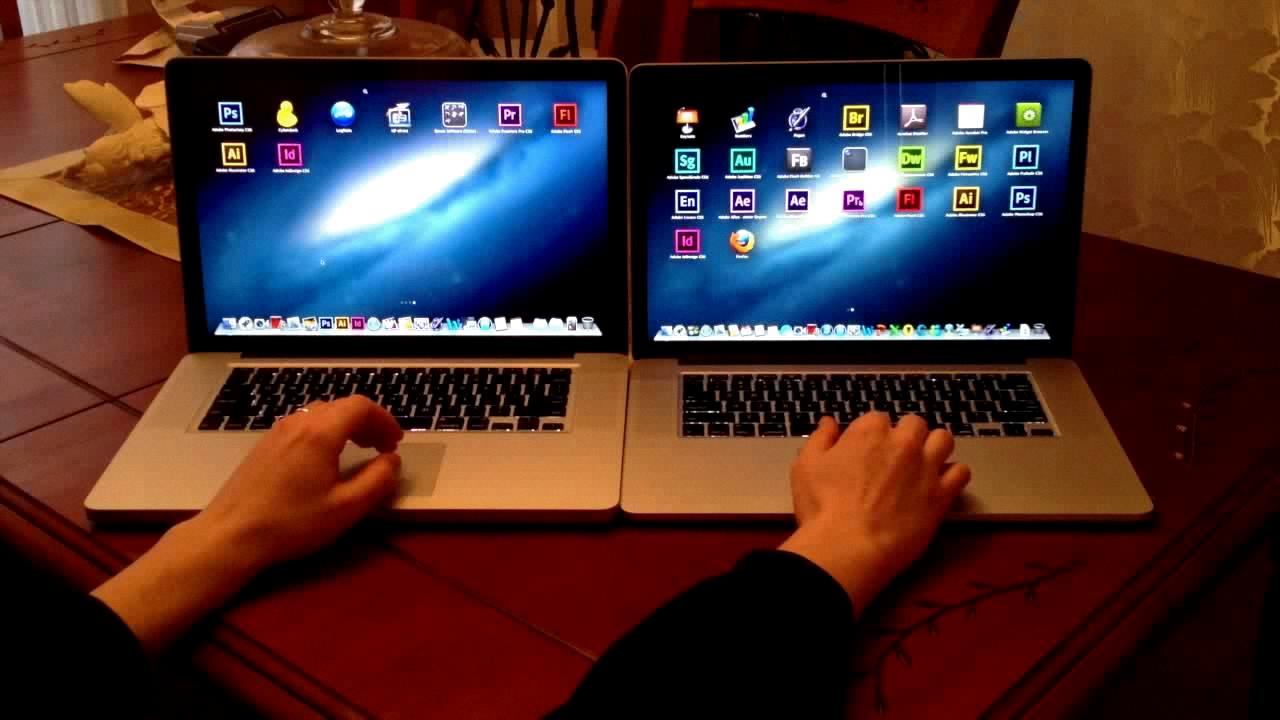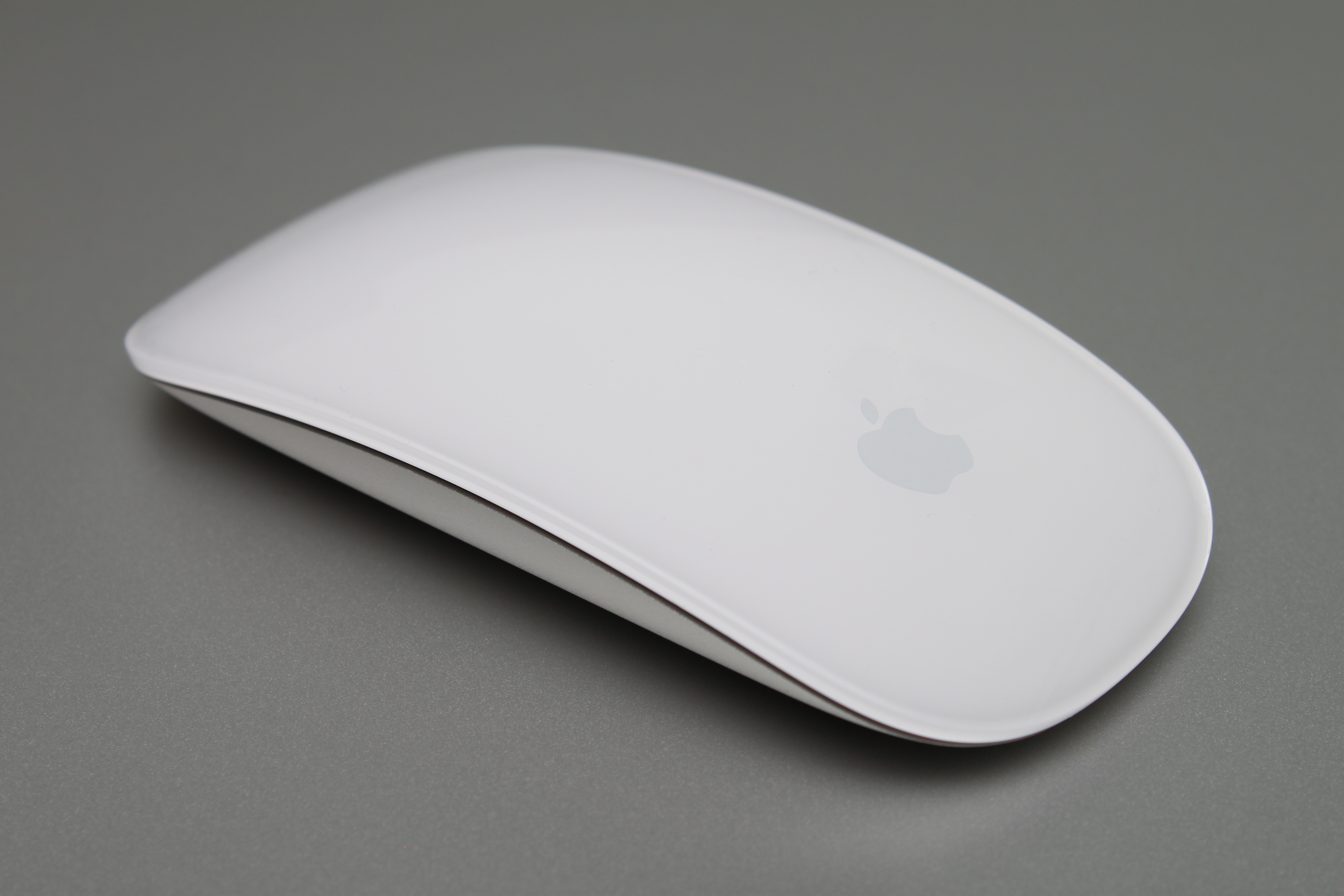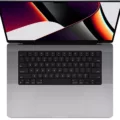In the world of modern technology, display technology is one of the most important aspects of any device. It’s a major factor in how enjoyable the experience is, and how people perceive the quality of the device. The two main types of display technologies are Retina Displays and Non-Retina Displays.
Retina Displays are Apple’s high-resolution screens that have over 300 pixels per inch (ppi). This means that every pixel on the screen is so small that it can’t be seen without a microscope, resulting in a sharp, clear image. Retina displays also offer more natural colors and wider viewing angles compared to non-retina displays.
Non-retina displays are lower-resolution screens that don’t have as many pixels per inch as retina displays do. This results in images that appear fuzzy or blurred when viewed up close. Non-retina displays also tend to have narrower viewing angles than retina displays, meaning you won’t be able to see as much of the image from different angles.
Overall, retina displays offer superior image quality compared to non-retina displays. They’re great for watching movies or playing video games, as they provide sharper images and better color accuracy than non-retina displays can offer. However, they tend to be more expensive than non-retina displays due to their higher resolution and better viewing angles.
Ultimately, it comes down to personal preference when it comes to choosing between a Retina Display or a Non-Retina Display. If you want the highest quality visuals possible then a Retina Display is probably your best bet; however, if you don’t mind sacrificing some image sharpness in exchange for cost savings then a Non-Retina Display, may be more suitable for you.
The Difference Between Retina and Non-Retina Displays
Retina displays are Apple’s brand of screens used in their Macs and other devices that feature much higher pixel density than standard displays. This means that you will be able to see more detail on the screen than with a non-retina display, making images and text appear sharper. The resolution of Retina displays is also higher – typically double that of non-retina displays – which means that an image on a Retina display will look much clearer and better defined than it would on a non-retina display. Additionally, Retina displays feature wider viewing angles than non-retina displays, so you can view your screen from further away without noticing any distortion or blurriness.
The Benefits of Retina Display
The Retina display, developed by Apple, offers a number of advantages over traditional displays. By using a pixel density of 326, the pixels are rendered invisible to almost all users, resulting in sharper images and smoother lines. Additionally, the text is easier to read and the resolution is higher overall. Apps designed with the Retina display in mind offer an improved user experience with cleaner user interfaces and higher-quality visuals. All in all, the Retina display provides a much better viewing experience for users of Apple devices.
What is the Meaning of Retina in Macbook?
The term “Retina” is used by Apple to refer to the high-resolution screen technology found on its Macbook and other products. Retina screens have a much higher pixel density than traditional LCD displays, which means that you get a crisper and more detailed image when viewing photos, videos, and other content. The number of pixels per inch in a Retina Macbook typically ranges from 227 to 500 PPI (pixels per inch), depending on the model. This makes it so that the individual pixels are not visible to the naked eye, giving you incredibly sharp picture quality. Additionally, Retina Macbooks also boast wider viewing angles and better color accuracy than their non-Retina counterparts.
Comparing Retina Display and 4K Resolution
A Retina display is not necessarily better than 4K, as the resolutions of the two technologies are completely different. A Retina display is a resolution that is so sharp that at eye level, you cannot see any individual pixels. This makes the image appear to be continuous and smooth. On the other hand, 4K TVs (or UltraHD TVs) have a resolution of 2160p and can show pixels, although this would only be noticeable if the TV was very large. Ultimately, it depends on what you need from your display; if you need something that looks incredibly sharp and smooth then a Retina display may be better for you. However, if you are looking for something with more detail and clarity then 4K might be more suitable.
The Benefits of Retina Display Technology
Yes, the Retina display is really better than its non-Retina counterparts. The pixel density of a Retina display is much higher than other displays, making images and text appear sharper and clearer. Additionally, the smoother edges and transitions provided by the Retina display create a more immersive experience for the viewer. While it may cost more to purchase a Retina display device, the improved visuals are well worth the price.

Source: youtube.com
Do I Need a Retina Display?
When considering whether or not you need a Retina display, it depends on what you plan to use the device for. If you’re mostly using your device for basic tasks such as web browsing, sending emails, and playing games, then a regular display should suffice. However, if you’re looking for a more immersive experience with sharper graphics and finer details when watching movies or playing video games, then a Retina display could be beneficial. The Retina display is designed to provide enhanced clarity and sharpness that can make text appear more crisp and vivid images look more lifelike. Ultimately, it’s up to you to decide whether the benefits of the Retina display are worth the extra cost.
Comparing Retina and OLED Displays
Retina and OLED display both have their advantages and disadvantages. Retina displays, such as the Super Retina XDR panel developed by Apple, offer higher brightness levels, improved color accuracy, and a wider color range than traditional OLED panels. On the other hand, OLED displays generally provide better contrast ratios than Retina displays due to their ability to turn individual pixels on and off for true blacks. Furthermore, OLED displays also tend to have faster response times than Retina displays, which makes them more suitable for action-packed gaming or movies. Ultimately, it depends on your needs as to which display type is better for you.
The Significance of Apple’s Retina Display
Apple calls its display technology “Retina” because it has a pixel density so high that the human eye is unable to distinguish individual pixels. This means the display appears incredibly sharp, with clear text, vivid colors, and remarkable image detail. With over four million pixels packed into a single Retina display, the content looks incredibly lifelike and the text is razor-sharp. Apple’s Retina displays are some of the sharpest screens available and offer an immersive viewing experience.
The Benefits of Retina Display Over Full HD
Yes, Retina displays are generally considered to be better than full HD screens. Retina displays have a much higher pixel density than traditional full HD screens, resulting in significantly sharper images and text. This makes them better suited for tasks like photo and video editing, where image clarity is essential. Additionally, since they require less power to display the same amount of information as a full HD screen, they are more energy efficient. Ultimately, it comes down to personal preference and what you plan to use the monitor for – but Retina displays offer superior resolution and are generally considered to be a better choice.
Is a Retina Display an OLED Display?
Apple’s Retina display technology can either be an IPS LCD or OLED display. In the past, Apple has used IPS LCD displays for its Retina displays, such as in the MacBook Pro and iPad Pro lines. More recently, Apple has begun using OLED displays for its Retina displays, such as in the iPhone X series and the Apple Watch Series 4. So to answer your question directly: Yes, a Retina display can be an OLED display.
Is Retina Display Equivalent to Full HD?
No, the Retina display is not full HD. Retina display is an Apple marketing term for displays that have a pixel density so high that at typical viewing distances, you can not see individual pixels. Full HD, on the other hand, is a term used to describe 1080 progressive resolution which is 1920 x1080 pixels. Therefore, while Retina displays may have a very high resolution and sharp image quality, they are not technically considered full HD.
Which Resolution is Better for Your Eyes: 4K or 1080p?
4K resolution (also known as Ultra High Definition or UHD) has a higher pixel count than 1080p, meaning it offers sharper, crisper images for the viewer. In addition to providing a better viewing experience, 4K also reduces strain on the eyes because of its higher resolution. This is especially important for people who spend long hours in front of their screens or watch TV from a close distance. While 4K does not provide a significantly better picture quality when compared to 1080p at a regular seating distance, if you sit closer to your TV or monitor then the difference becomes more noticeable and you may find that 4K is easier on your eyes. Ultimately, it’s up to you to decide which resolution works best for your needs and budget.
Conclusion
In conclusion, Retina displays are Apple’s high-resolution screen technology which offers users a higher quality image with smooth lines, easier-to-read text, and an overall higher resolution. These displays have a wider viewing angle than non-retina Macs and use a pixel density of 326, which Apple claims renders the pixels invisible to almost all users. Retina displays have little to do with the resolution and can display pixels if the device has a large enough screen size. Ultimately, Retina displays offer a great viewing experience for all types of content.








